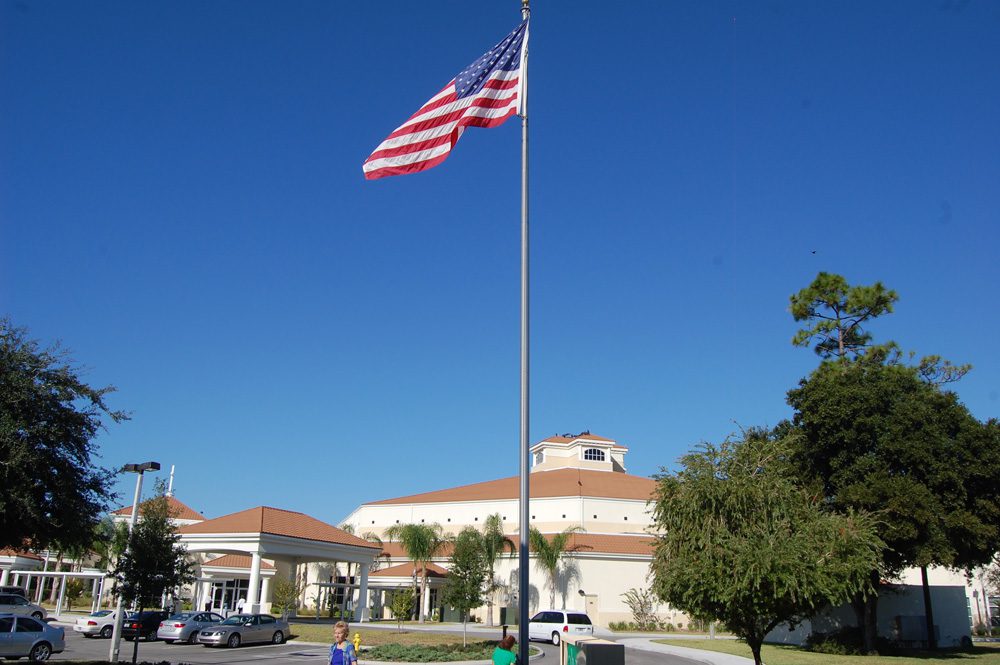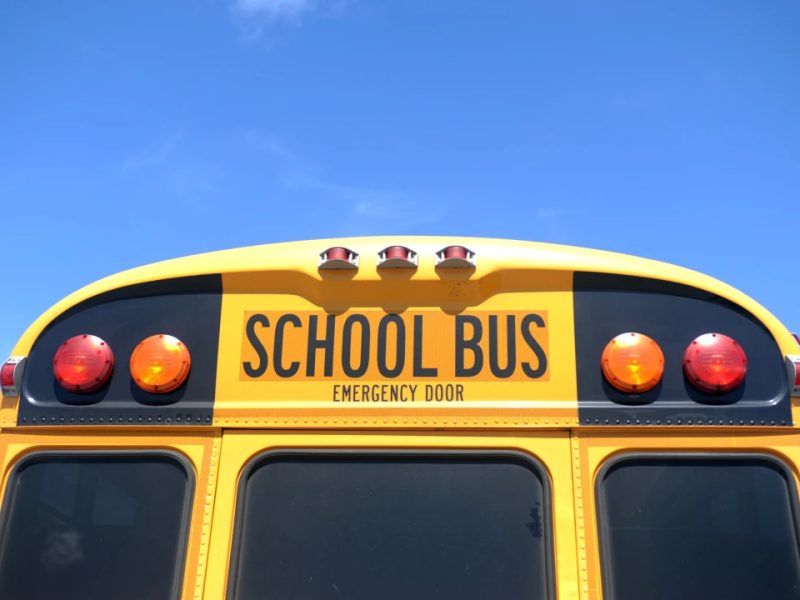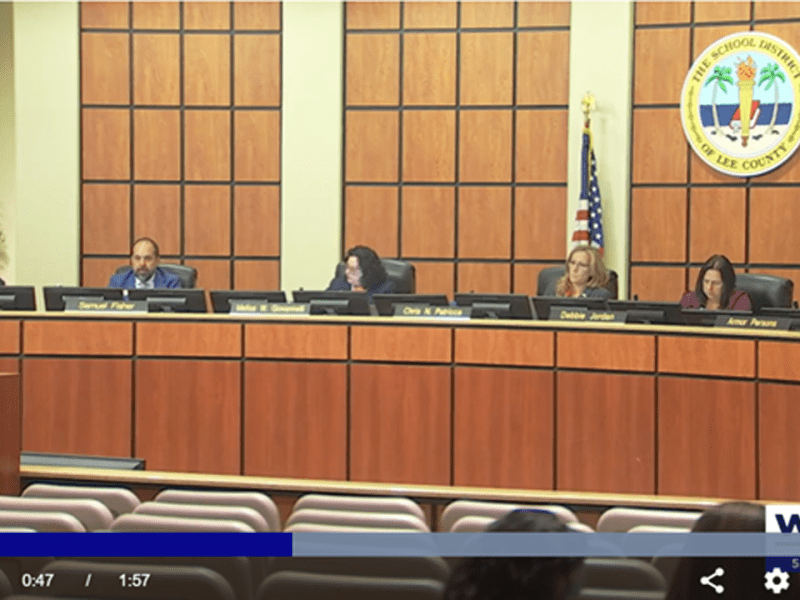
Flagler District Pays $6 Million for 685 Students to Attend Private Schools, Many Out of County, or Homeschool
Flagler Live | By Flagler Live | September 20, 2022
A new state law requires the Flagler County school district this year to pay just over $6 million to underwrite the private-school education of 685 students, including at parochial and out-of-county schools. The money also goes to families home-schooling their children.
The district is also required to pay $750 per student who attends an out of county private school, to defray the cost of transportation.
The state requirement is not unique to Flagler. It’s statewide, affecting all 67 school districts. The program is officially called the Family Empowerment Scholarship Program. The deceptive euphemism masks the intent and consequence of the program. Families have always been “empowered” to homeschool their children or to send them to private schools, if they could afford it, just as they are “empowered” to send their children to public schools, often to the public school of their choice. The program, however, uses tax dollars to pay for private education, quite literally siphoning public dollars to mostly unaccountable schools, some of them popping up to tap into the new revenue stream.
Local districts have no say at all about what schools parents choose for their children or at what cost, and no oversight responsibilities regarding each school’s standards. The district’s role is to generate, then shift dollars to private uses.
For example, two dozen Flagler County students attend Calvary Christian Academy in Ormond Beach, where tuition ranges between $7,800 to $8,400 a year, not including transportation, meals, mandatory uniforms or certain extra-curricular activities. Other Flagler students attend Beacon of Hope Christian School in St. Augustine or Esformes Hebrew Academy in Ormond Beach, and many attend Christ the King Lutheran’s school in Palm Coast, among others.
The drain on the district’s dollars amounts to 5 percent of its general fund budget, a colossal sum that impacts every aspect of the district’s finances. The number of participants is only growing, and with it the drain on the budget, with consequences that the district is only beginning to grasp. The public at large is mostly unaware of what amounts to the most drastic shift in the way the state funds public education since it launched its financing of charter schools over two decades ago–a separate use of public dollars to pay for privately run schools.
Last year, the Flagler school district paid $4.15 million, underwriting the private education of 515 students. The year before that, when qualifications for the program were stricter and the state’s commitment to it not as pronounced, the district paid under $1 million for the private-school education of 136 students.
Pattie Wormeck, the Flagler school district’s finance director, presented the numbers to a workshop of the Flagler County School Board this afternoon. Some of the board members had asked for the report after learning a few weeks ago that the district would take an unprecedented $6 million hit on its budget due to the private-school voucher program, even though the district’s overall budget has not grown in years. In inflation-adjusted dollars, the district is at a multi-million dollar deficit, compared to its budget 10 years ago.
“What we need to focus on is the financial impact of the 2022-23 fiscal year, which is so drastic,” Wormeck said.
The program began in its present form last July, when other, similar but smaller programs were consolidated into one. At the time, only students already enrolled in public schools were eligible for private-school vouchers. That’s no longer the case. At the time, vouchers could only be used for tuition. That’s no longer the case. They may be used for transportation, books and other instructional materials, to pay fees for standardized tests, and even for private tutoring. Public school students are not eligible for extra money to pay for private tutoring.
When Gov. Ron DeSantis signed the bill expanding the program in May 2021, he did so at a Catholic school. “when you talk about low-income families, working families — they may not have the luxury of being able to get their kid in the school of their choice without our assistance,” he said at the time. The statement was misleading. Until then, the income threshold for eligibility for vouchers was 260 percent of the poverty line, making a family of four with a household income of up to $69,000 eligible. That was well above the median household income of $57,700 in 2020.
The law DeSantis signed expanded that to 375 percent of the poverty line, making a family of four with a household income of barely under $100,000 eligible.
When students had to first be enrolled in public schools for the entire previous year to be eligible, districts had a way to track participants. “When that got removed, that created the mass impact that all school districts saw in 2022,” Wormeck said. “There’s no dollar amount to any of these students because it varies. So this is the big question mark, to know how much is going to be taken out from us every year because it does vary, and we have yet to be able to get any kind of formula for any of these. All we have is a list of students and the school that they go to.”
The state used to provide private-school voucher data to districts four times a year. It now does so only twice a year (in October and February), making the district’s tracking job that much more difficult.
The bottom line is that the district’s overall budget begins with what may appear to be an increase, only to end up being nothing of the sort. “What they don’t tell you is that out that $6.1 million, $6 million goes right out the door to these scholarships,” Wormeck said. “When you take that into account with the other items out of our control, which is the [Florida Retirement System] estimates and the increase to the $15 dollars,” the requirement that employees make at least $15 an hour, “which was unfunded as you can see, we are close to $2 million in the hole just starting this year. So that is something that’s very important that is not really shown and is really hard to grasp.”
Another key caveat: while the district’s general fund’s overall funding appeared to have gained $7.4 million, all that increase was the result of local property taxes, which had to be sent to the state. When the state redistributed the money according to a formula that for years has short-changed Flagler, net state funding to Flagler has gone down. “And that really tells the story of where these scholarships are being funded from,” Wormeck said. “So I think this is very glaring. It’s something that the public needs to see. It’s what you all have asked for.”
School Board member Jill Woolbright, whose constituency includes homeschoolers, said she was giving the board a “heads up. I know that there are members of the community in the homeschooling community that are educating other members in the homeschool community as to how to apply for those scholarships,” she said. “There was a concern for some homeschooling people to accept government money, fear that they would be controlled. But I think those fears are going away and there will be more applying.”
In fact, the voucher program applies to schools and educational approaches that are significantly less accountable to the state, and in some cases mostly not accountable, than public schools, which must meet numerous standards. Woolbright is in the odd position of being a staunch supporter of the governor’s policies, including policies undermining the fiscal viability of the very district she has been overseeing. (She lost her reelection bid in August.)
Wormeck said private schools are also pushing the vouchers on long-enrolled students. Floodgates may be opening.
“By the education department doing this, it’s putting public education at high risk,” Board member Cheryl Massaro said. “”We’re on that we’re on the bubble. I think we’ll be fine. However, our larger school systems are in serious economic trouble. We’re going to get to the point where making ends meet is not going to be possible.” For now, the local building boom is enabling the dollars to flow through to the program. That may not last, Massaro warned. “So this going to become a major, major issue. It already is in Florida,” where pother districts are having trouble “making ends meet.”
Flagler_Scholarship-Programs




